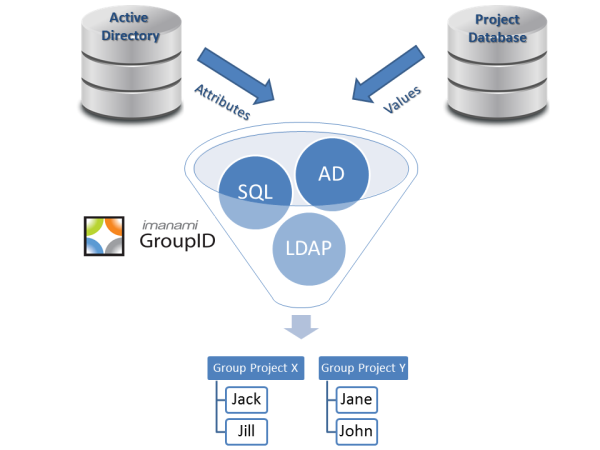One of the primary responsibilities for IT is to actively help their organization’s users stay productive. If the overall workload required to do that is 100 units of help, you can bet that your organization’s current capacity is somewhat south of that number, most likely less than half. If your organization is like most, you are measured on how well you help these users stay productive. It’s a thankless job.
That’s not to say it’s not possible to satisfy all of your end users. Quite to the contrary, it is very possible if you have the correct tools (or an endless pool of trained help desk workers) in place. The three main tools that your ITdepartment will use are automation, delegation, and lastly help desk (helpdeskation?). The question is how much you can get out of each of these tools.
The easiest and usually first point of attack is automation. Since I work at an Active Directory software provider, I will focus my comments on that particular system. You can do a lot with automation of Active Directory. The first step is AD provisioning; either through scripting or off the shelf software, automate new AD user creation. If the authorititative source (usually your HRIS) shows a new employee not in AD, simply create a new user. With this same process you can continually synchronize all of the pertinent employee data such as department, title, phone number, etc as the user moves around the organization. With an accurate Active Directory, you can then dynamically manage distribution lists and security groups. Many estimates are that this will solve 50% of your help desk calls.
The next step is delegation. Web based Active Directory management gives end users the ability to manage their own directory information and groups. Again, this can be a home grown solution or off the shelf. The main warning I will give is that if you delegate control to end users, you need a solid foundation of workflows and notifications to control what they can and cannot do. Field level security on attributes and workflow on group creation and membership changes are essential. Between this and resetting password, you can lop another 40% of your help desk calls away.
These two steps free up an amazing amount of time for your help desk which is usually staffed by a fairly well trained and expensive resource. Giving them that 90% of “help units” back allows your organization to be proactive in helping end users.
Jonathan Blackwell
View ProfileSince 2012, Jonathan Blackwell, an engineer and innovator, has provided engineering leadership that has put GroupID at the forefront of group and user management for Active Directory and Azure AD environments. His experience in development, marketing, and sales allows Jonathan to fully understand the Identity market and how buyers think.

